It's almost January 6th, and in Mexico, that means that everyone is going crazy to celebrate the last Christmas celebration buying or preparing a Roscas de Reyes. The Christian holiday of Epiphany marks the day when the three wise men arrived in Bethlehem to meet the baby Jesus. In Mexico (and other parts of Latin America), the holiday is celebrated nationwide – regardless of religion – with Rosca de Reyes.
On previous occasions we have told you about the importance of Día de Los Reyes Magos, Three Kings Day, in Mexico (read our previous blogs about this celebration here and here), a day on which Christmas traditions continue to be celebrated surrounded by our loved ones.
The celebration of Día de Reyes (short for Día de Los Reyes Magos) on January 6th dates back to Catholicism in Spain, reaching Latin America in the early years of evangelization in the New World.
The custom is that children write a letter to ask the Three Wise Men, Melchor, Gaspar, and Baltazar, for the toys they would like (similar to Santa Claus). On the eve of the celebration (January 5th at night), the little ones leave a shoe with a bit of grass and twigs next to the window or under the Christmas tree to feed the animals that would bring the Santos Reyes (another name for the Three Wise Men). Full of curiosity, the following day, the children get up early to find that the food has disappeared, and the shoes are now filled with toys or sweets.

Another Three Kings Day custom is to gather to cut the rosca. Friends and/or family are usually invited, and each must take a turn to slice their portion of this sweet bread. Inside the bread, there are one or several small figurines (plastic representations of the Child Jesus). The person who finds it has to offer a party with tamales and atole, on February 2nd, Día de la Candelaria (Candlemas Day).
Okay, yes, we know we have told you about this celebration before but, do you know the symbolism behind the Rosca de Reyes?
From its shape to the knife used to slice the Rosca de Reyes, all elements have meanings that might surprise you, so delve into the meaning of the Rosca de Reyes so that you know everything about the rosca once you gather to have a piece!

Meaning of the Rosca de Reyes and its elements
Origin of the Rosca de Reyes
In the 17th century, the galette des rois (King's Cake) originated in France, which is the closest thing to the Rosca de Reyes that we savor today. In France, a large cake was cooked with a bean hidden in it, and whoever found it was made king or queen for the day. Some time later, this tradition arrived to Spain where it was modified, and from Spain it passed to Mexico (and Latin America) in times of the Viceroyalty.
The Shape
Regarding the shape of the rosca, there are different versions. On the one hand, it is said that the shape at the beginning was circular; on the other it is said that it was oval. However, it is agreed that it has a rounded shape to symbolize the love for God with no beginning or end. Also, the shape of the rosca clearly alludes to the Magi's crown, as we will see with its decorations.
The Hidden Baby Jesus
The plastic figurine hidden in the rosca represents Baby Jesus. It is hidden in the Rosca de Reyes because it alludes to the biblical persecution suffered by the child along with his parents by King Herod.
The Knife
It would seem evident that you need a knife to cut a piece of cake. However, in the case of Rosca de Reyes, the knife has a special meaning because it alludes to the danger that Baby Jesus was faced in his persecution.

The Sweet Decoration
One thing that makes the rosca taste so delicious is that it is decorated with dried fruits such as figs, candied fruits, cherries, and a quince paste known in Mexico as ate.
In essence, the sweets that decorate the rosca have three meanings: the first is the representation of the crown jewels of the Three Wise Men; the second is that the sweets are the superficial and material elements to go through to find God; and the third is that the sweets must be of desert origin because they symbolize the passage of Joseph and Mary through the desert to keep baby Jesus safe.
In addition, the rosca usually has 4 sugar crusts (which are the favorites of many!), and these represent the four cardinal points.

Although filled with religious symbolism, the tradition of the Rosca de Reyes for most Mexicans consists of another gathering of family or friends where the sole purpose is to enjoy of the time spent together. Filled with lots of laughter, coffee, hot chocolate or atole, the rosca is an event that concludes (not counting February 2nd, Candlemas Day) the Christmas season with a joyful spirit. As Mexicans who grew up with this tradition, we cannot help but hope that this tradition lasts forever!
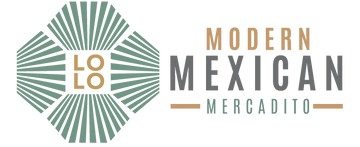
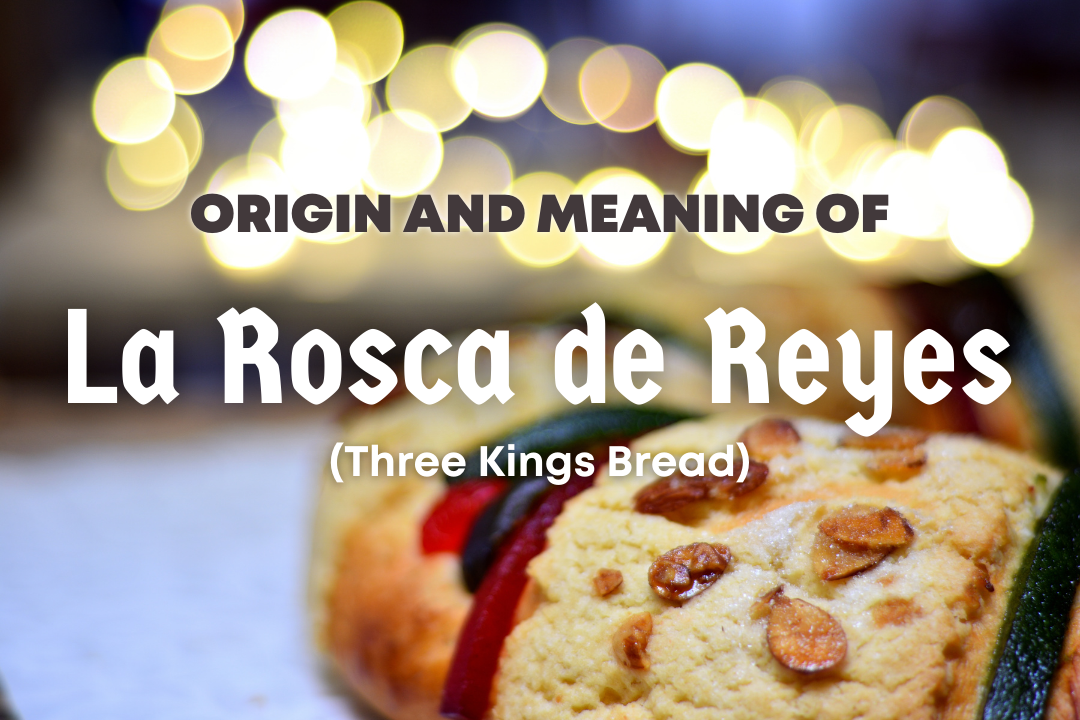
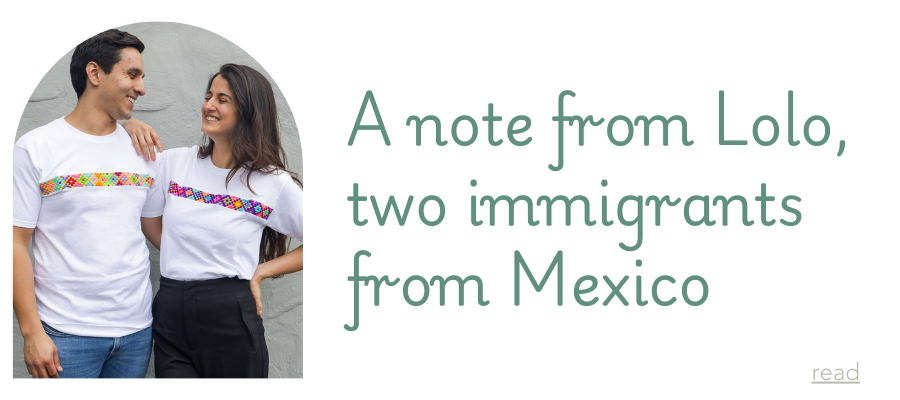
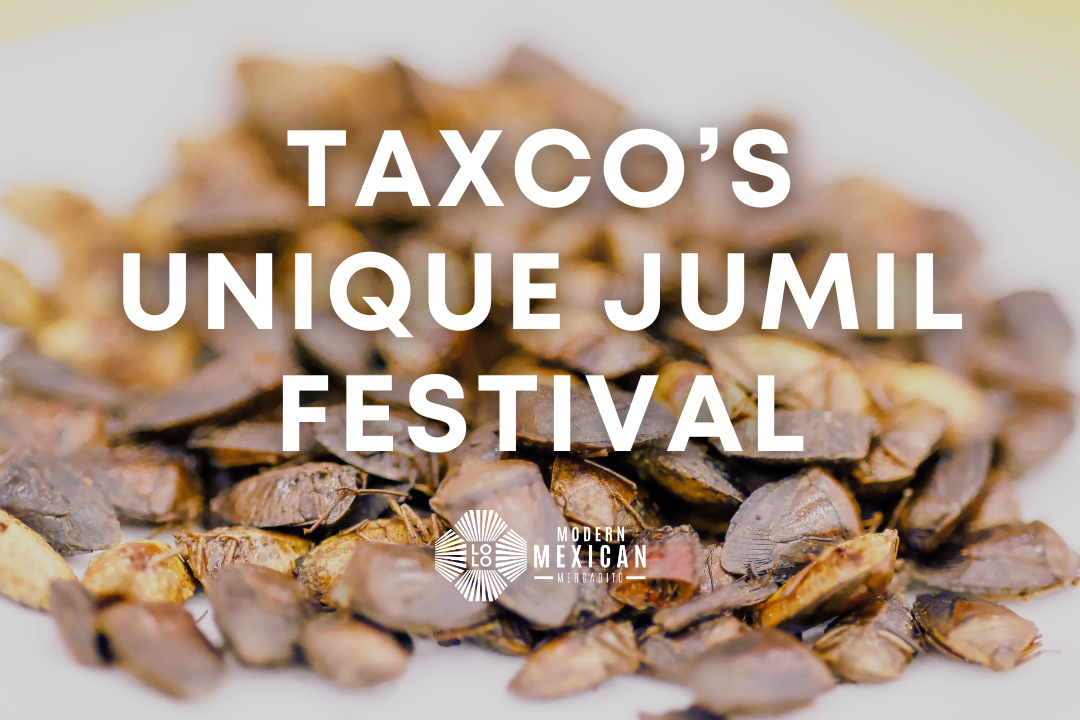
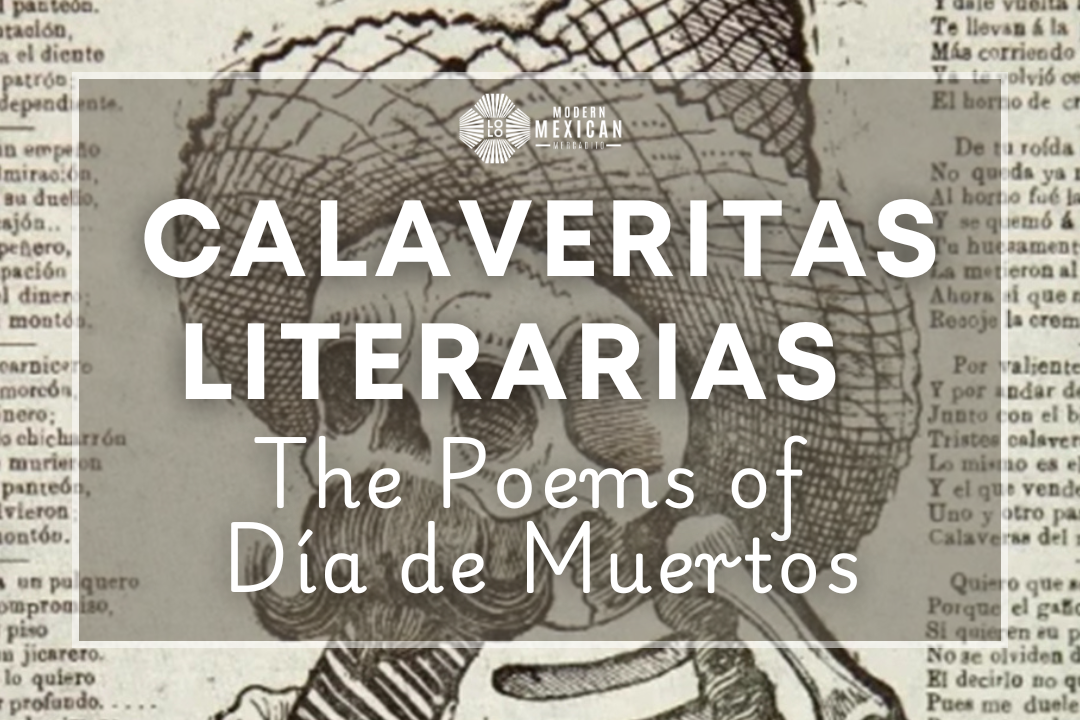
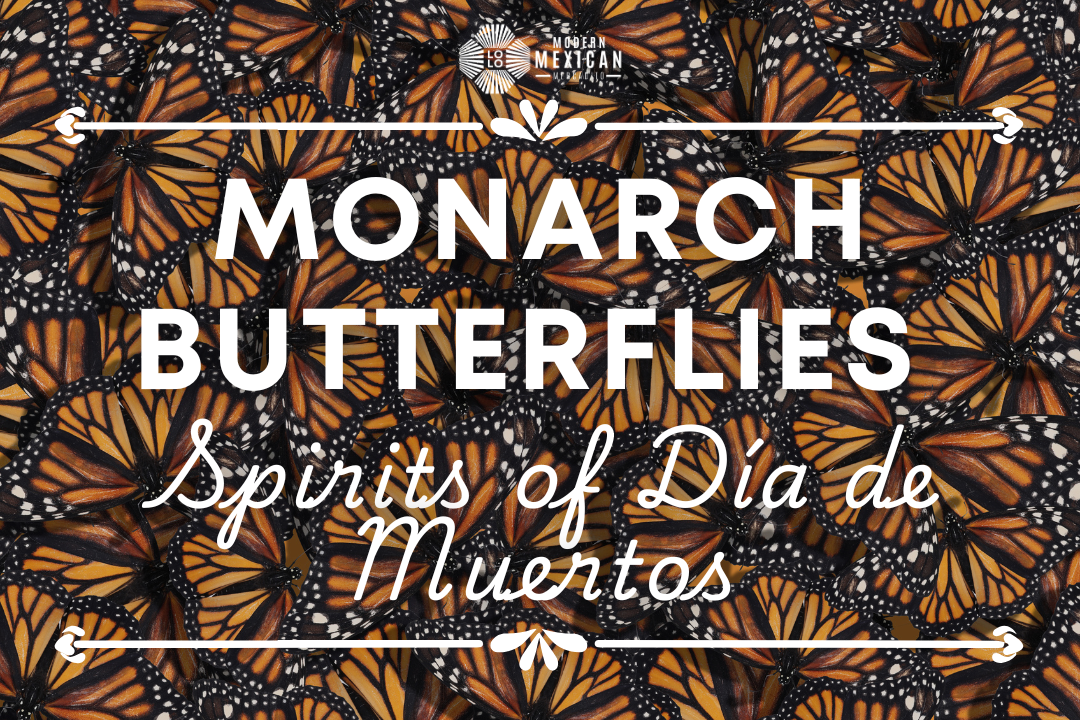
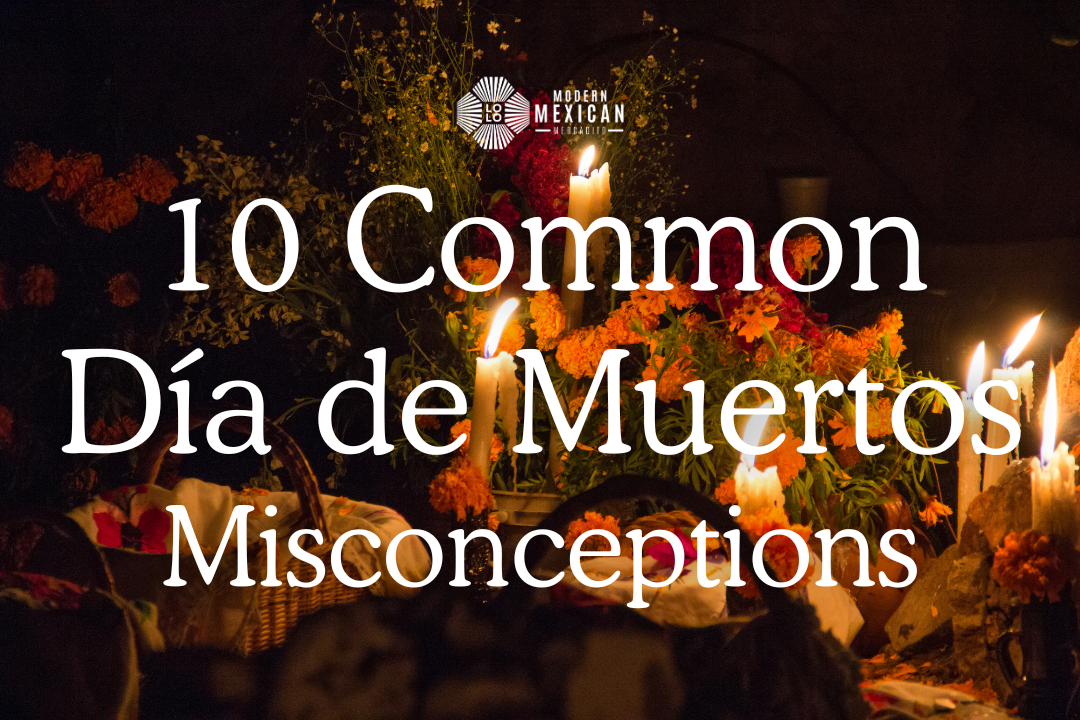
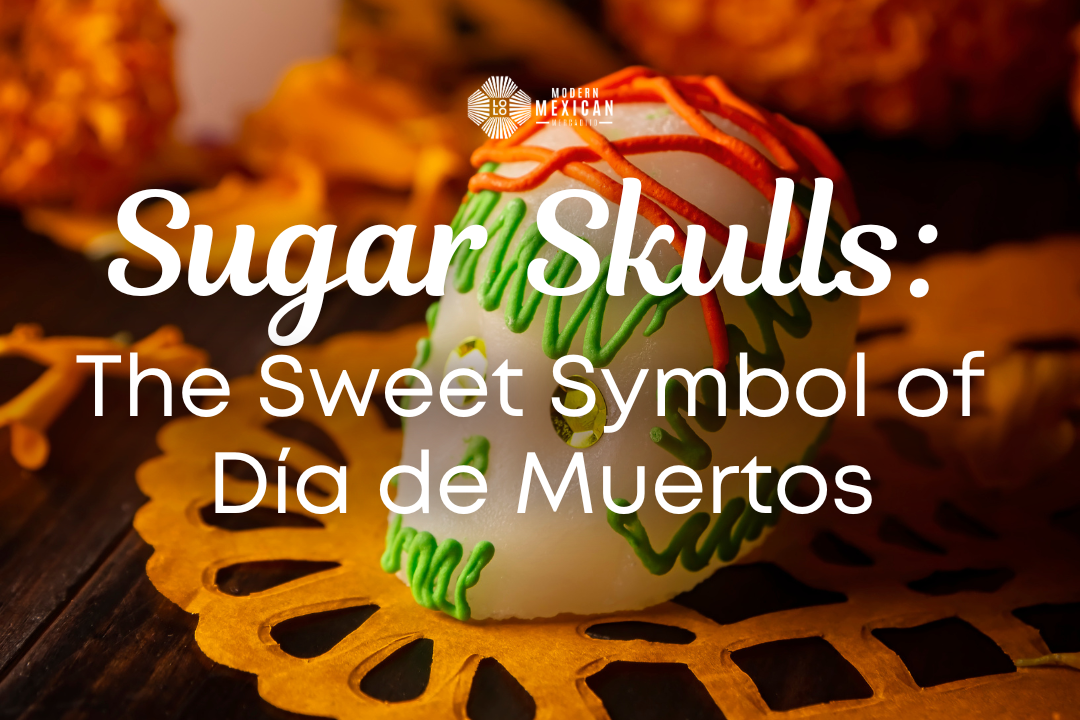

9 comments
Lindsay
sigma sigma boy sigma boyyyyy
Julianna
yes
me:)
hi yall
jamal
this is sigma
stewart
Does anyone know when the bean was replaced by a baby in Mexico or who introduced the idea?
joseph
i also got an A+ thanks
jacob
thanks you got me an A+
Joyce Thomas
I am so happy to learn of another Mexican custom!
Victoria Howard
Is there a recipe??